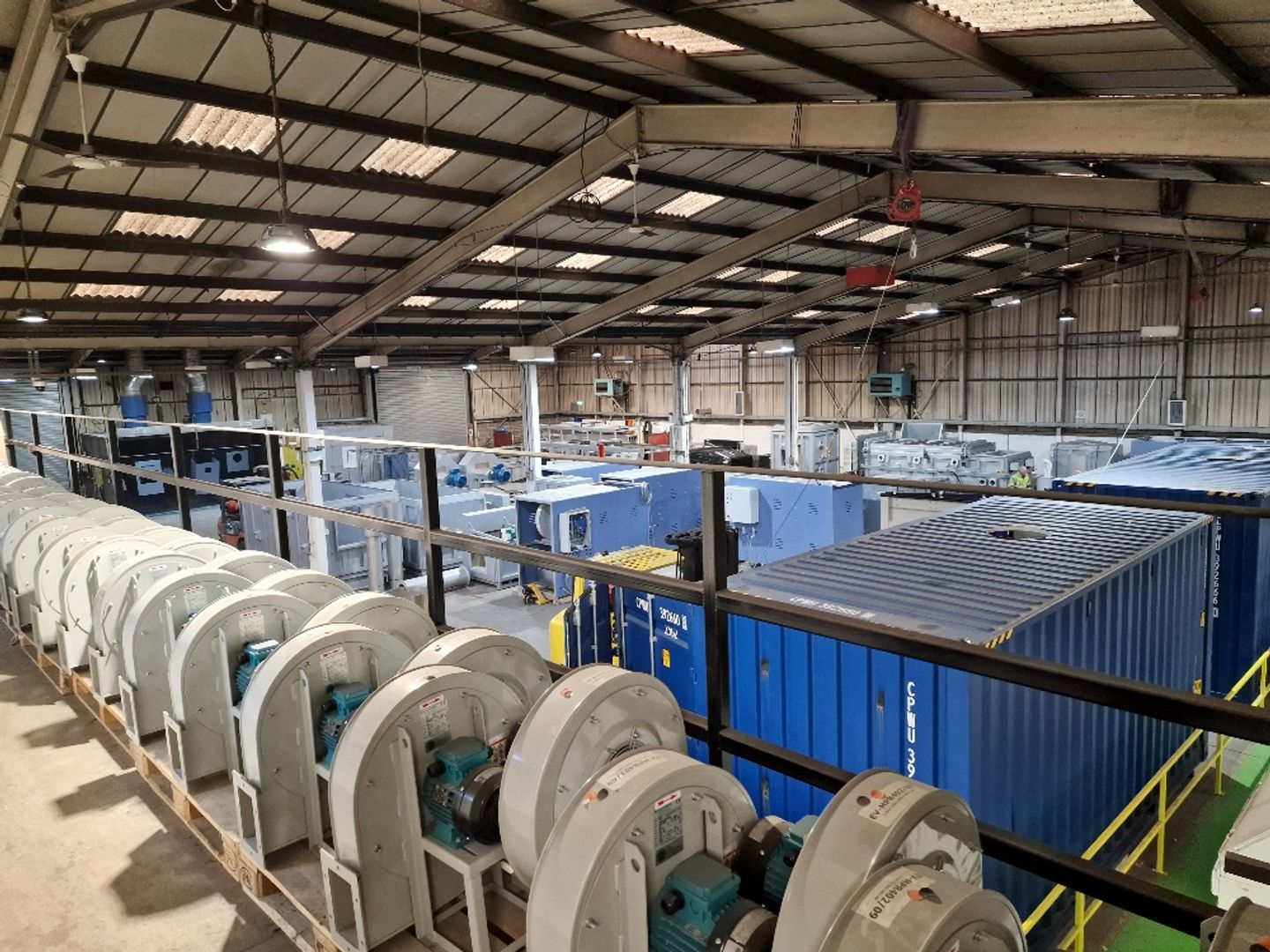

- Home
- Companies
- Inciner8 Limited
- Articles
- What are Incinerator Machines? An ...
What are Incinerator Machines? An idiot’s guide
What is an incinerator machine?
An incinerator machine is a mechanical unit that is built to destroy waste. this happens by burning the waste at an extremely high temperature, reducing it to bottom ash. The machines can be manufactured from small garden waste incinerators, all the way to large scale industrial sized machines.
Waste of all manners is burned until it is reduced to nothing but ash, gas and heat. While many people think gas generated from incineration is harmful for the environment, modern incinerators filter out pollutants meaning only clean air is released from the machine.
Incineration, also known as ‘thermal treatment’, is the process of combustion of organic elements within waste streams. The incineration process requires 3 main elements to work efficiently. These are fuel, heat, and oxygen. There must be fuel to burn for the combustion process to happen. This would be your desired material such as wood or soil. there must be a heat source to start and continue the combustion process. This would be the ignition temperature as once the incinerator is started; the fire will supply it’s own heat. Finally, there must be a sufficient amount of oxygen to start and keep the combustion process active.
Parts of an Incinerator
The parts of most incinerator are quite standard. Some parts can be added during purchase such as air pollution control systems. All incinerators have to have a combustion chamber where the waste is loaded. The majority of incinerators available will now have 2 chambers due to changes in environmental protection regulations.
- Primary Chamber (Combustion Chamber)– this is where the waste is loaded and ignited. In most incinerators, the ignition occurs due to the high temperatures being retained within the chambers lining.
- Secondary Chamber –the secondary chamber is sometimes known as the ‘afterburner’ chamber. It is required by law in Europe, USA, Australia and Canada to prevent the formation of harmful particles. In many countries the law stipulates that all flue gas must be resident in the secondary chamber for at least 2 seconds at 850⁰C.
- Flue Stack –The flue stack is also known as the chimney. Most incinerators require a stack height of at least 3m. This requirement will be higher in more built up areas or where atmospheric conditions dictate.
- Control Panel & Thermocouples– These parts of the incinerator control the operation of the machine and ensure the chambers are up to temperature before any waste is loaded for incineration.
- Burners –Most modern incinerators are fitted with low NOx or modulated gas flow burners.
- Fuel Tanks– Fuel tanks should be bunded to ensure safe strange of fuel
The Incineration Process0
Incineration of waste materials converts the waste into ash, flue gas, and heat. Most waste streams will require some pre-preparation. The incineration process is as follows:
- Sort – When sorting the waste before incineration, it is important to remove any high value recyclable items for resale.
- Shred – Normalise the particle size and add air to the mix
- Dry – Moisture can impact the incineration process and the time it takes for combustion. The energy used for burning the waste will first be used to dry out the material. The waste won’t actually start to burn until it is dry. For this reason, we suggest a max of 30% moisture to ensure best efficiency.
- Determine batch size – establish the optimum batch size based on the volume you can burn for the lowest cost. It is important not to overfill your incinerator as overfilling the incinerator will cause slow burning of the waste.
- De-ash – Once the chamber has cooled, you can easily de-ash the incinerator system ready for the next batch of waste.
- Spot Checks – It is important that regular checks are carried out to ensure that the chamber, burners and fuel lines are all in good condition.
- Re-load – Load the chamber for the next operation and repeat the process.
